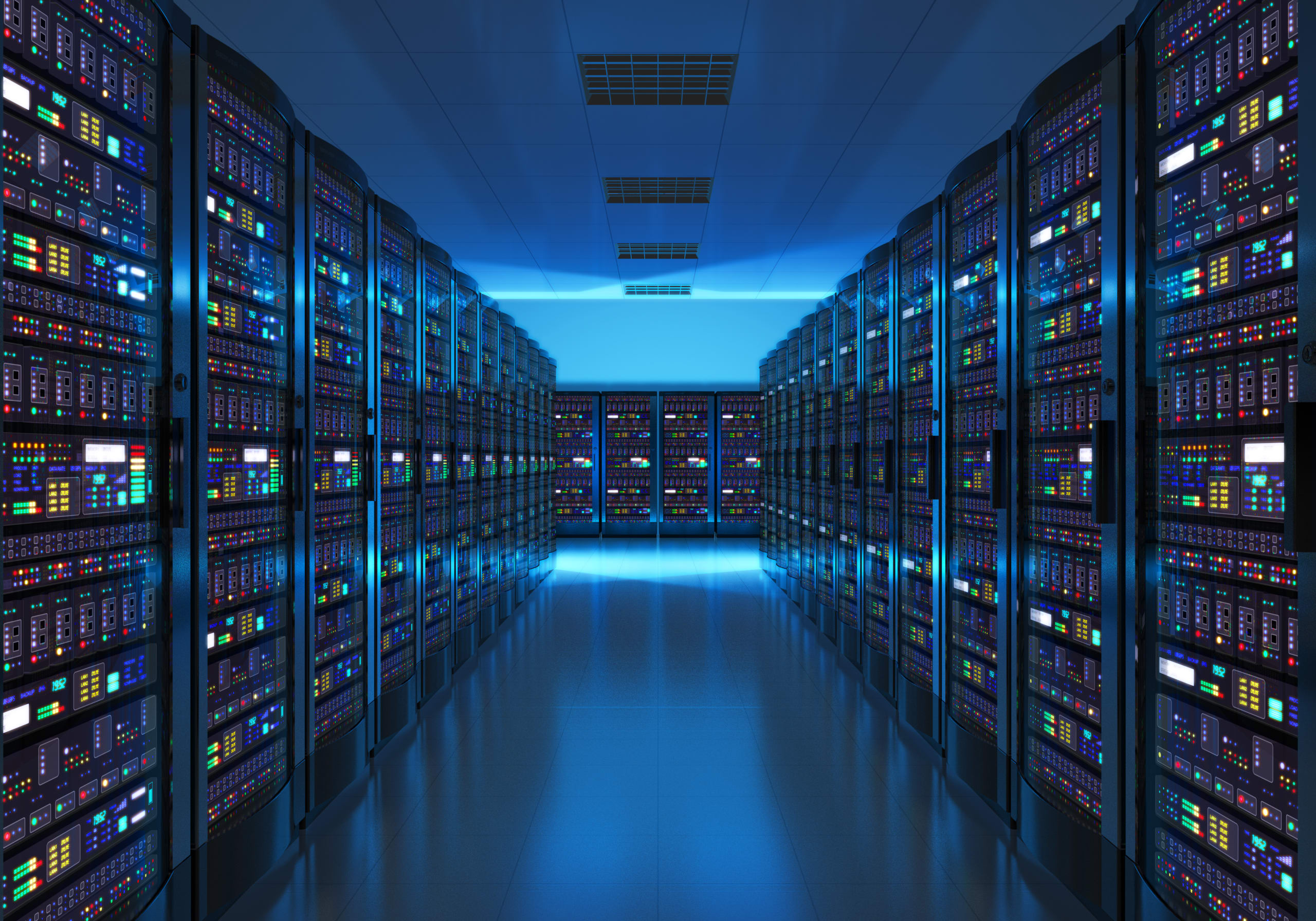“When wireless is perfectly applied the whole earth will be converted into a huge brain, which in fact it is, all things being particles of a real and rhythmic whole. We shall be able to communicate with one another instantly, irrespective of distance. Not only this, but through television and telephony we shall see and hear one another as perfectly as though we were face to face, despite intervening distances of thousands of miles; and the instruments through which we shall be able to do this will be amazingly simple compared with our present telephone. A man will be able to carry one in his vest pocket.” [Nikola Tesla, 1926]
When Tesla made this statement in 1926, not only did he perfectly describe today’s cellphones, he also predicted the impact of cloud computing; its myriad of services, and (virtually) infinite computing power. The world is more connected than ever, both physically and virtually. Teams can now work together from across the globe, exchanging data and information at a pace never seen before and solve all kind of challenges.
This is where we can start drawing a parallel with the basic functioning of the human brain: people across the globe operating as neurons and creating connections between them. Data is exchanged, action potential are generated, relationships are established. From those, knowledge and expertise are derived. The applicative layer (or synaptic bridge) acts as the chauffeur.
The tools you provide your employees at the applicative layer are like the synapses, and make all the difference between isolated neurons and a healthy, active system that is firing off new connections and is continuously learning. This sounds very linear and ordered, and it is: it is called “phase-locking”. But the brain, just like a company deviating from its thoughtfully designed process workflows, can operate in a more disorderly way with periods of electrical chaos leading to out-of-sync neurons. These phases can be compared to the unstructured content and tacit knowledge available at a company. Imagine how much smarter your enterprise could become by thoughtfully leveraging all of this unstructured content.
Insight Engines can do just that. As Gartner defines them “Insight engines apply relevancy methods to describe, discover, organize and analyze data. This allows existing or synthesized information to be delivered proactively or interactively, and in the context of digital workers, customers or constituents at timely business moments.” Providing tools that enable your employees with relevant, contextual information has always been important, but is particularly interesting today in light of shifting norms – due to factors such as a further reliance on a global workforce, as well as higher employee turnover rates. Just like it’s difficult (if not impossible) to create new neurons in the human brain, it can be a lengthy and challenging process to hire new employees. You want to maximize the number of connections existing neurons or employees can leverage. Instead of trying to create additional neurons, make the neurons you already have more connected and, as a result, smarter.
It’s a highly exciting time to be working with AI technologies, where AI stands more for Augmented Intelligence than Artificial Intelligence. The parallels with our very own being are fascinating. To see the amazing solutions our customers have interlaid into their technology stacks and what they’ve been able to accomplish as a result, and to learn more about how Insight Engines can benefit your business, here is a quick explainer video.


